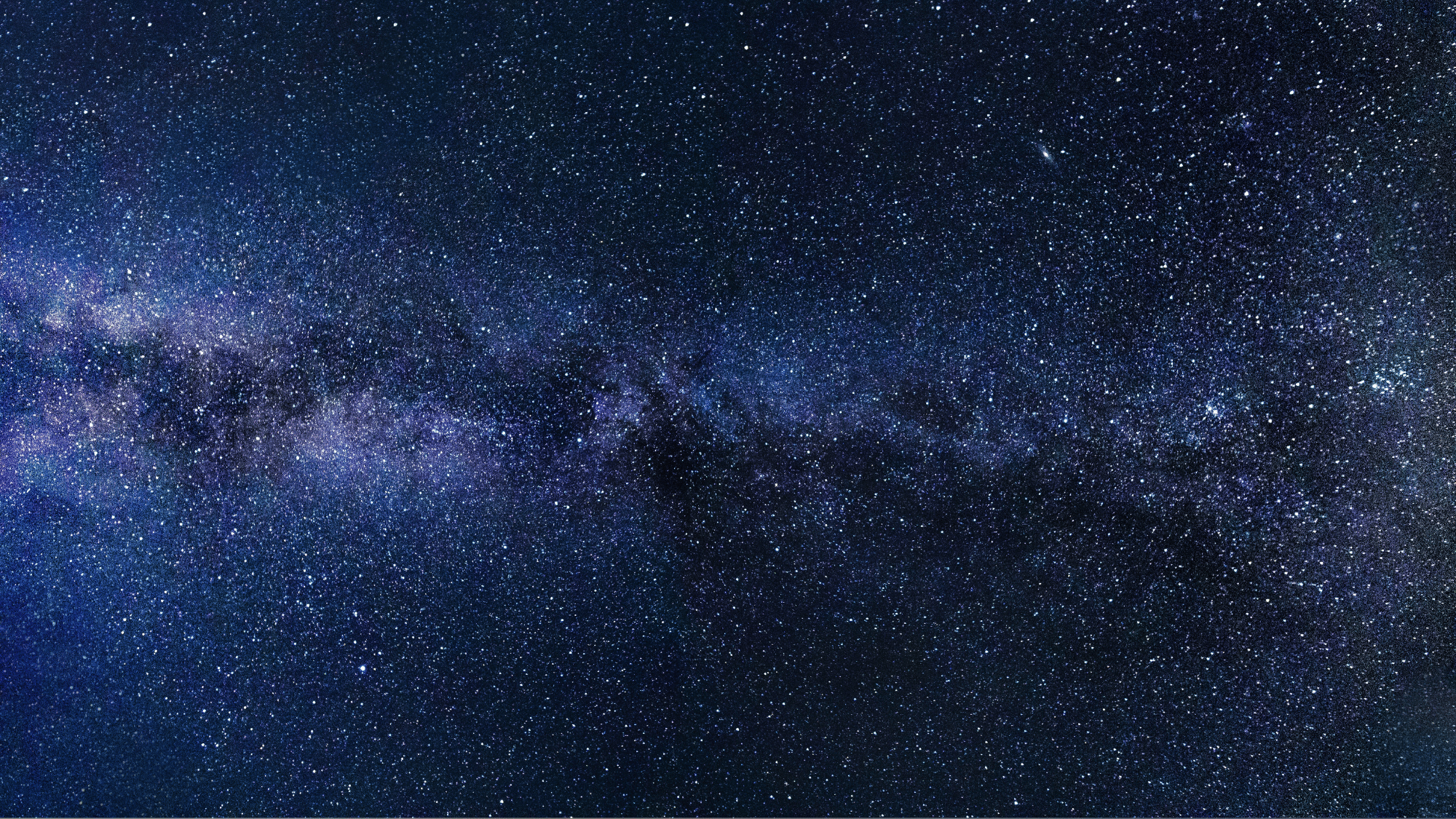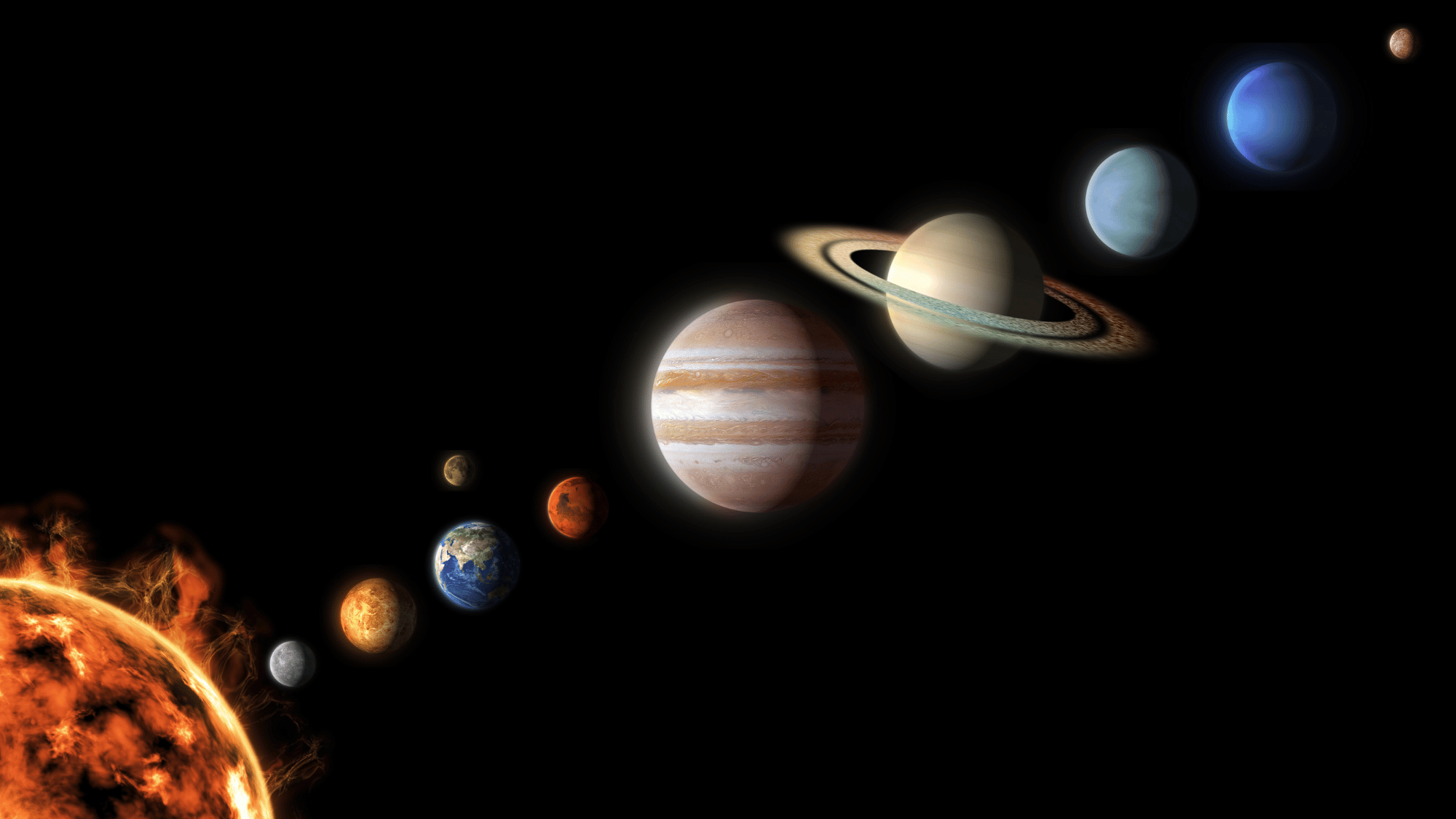When you tell someone where you live, you usually start with your house and then name your street, town, and country.
Earth also has its own “address,” but it stretches far beyond anything we can find on a map.
Our planet belongs to a system of planets that orbit the Sun, and that system is part of something even bigger.
Each layer around us reveals a wider view of space, helping us understand where we fit.
By following these layers outward, we find out how our small world connects to the vast and incredible universe that surrounds us.
What is a Cosmic Address and How Do We Find Earth’s?
A cosmic address is the way scientists describe Earth’s exact place in space. Instead of streets or towns, it uses layers of the universe, moving from the smallest scale outward to the largest.
Scientists call this a cosmic address, and it shows how our planet fits into larger and larger structures in the universe.
To figure it out, we begin right where we stand, on our planet. From there, we keep adding the next layer around it.
Each new step shows Earth’s position more clearly. By putting these layers together, we can follow a path that describes exactly where our world sits in the universe, giving us a complete cosmic address.
What is our Cosmic Address?
Earth doesn’t just float alone in space. It belongs to a series of larger and larger structures, like nesting boxes that fit inside each other. Each layer helps show our exact spot in the cosmos.
Earth: Our Home Planet
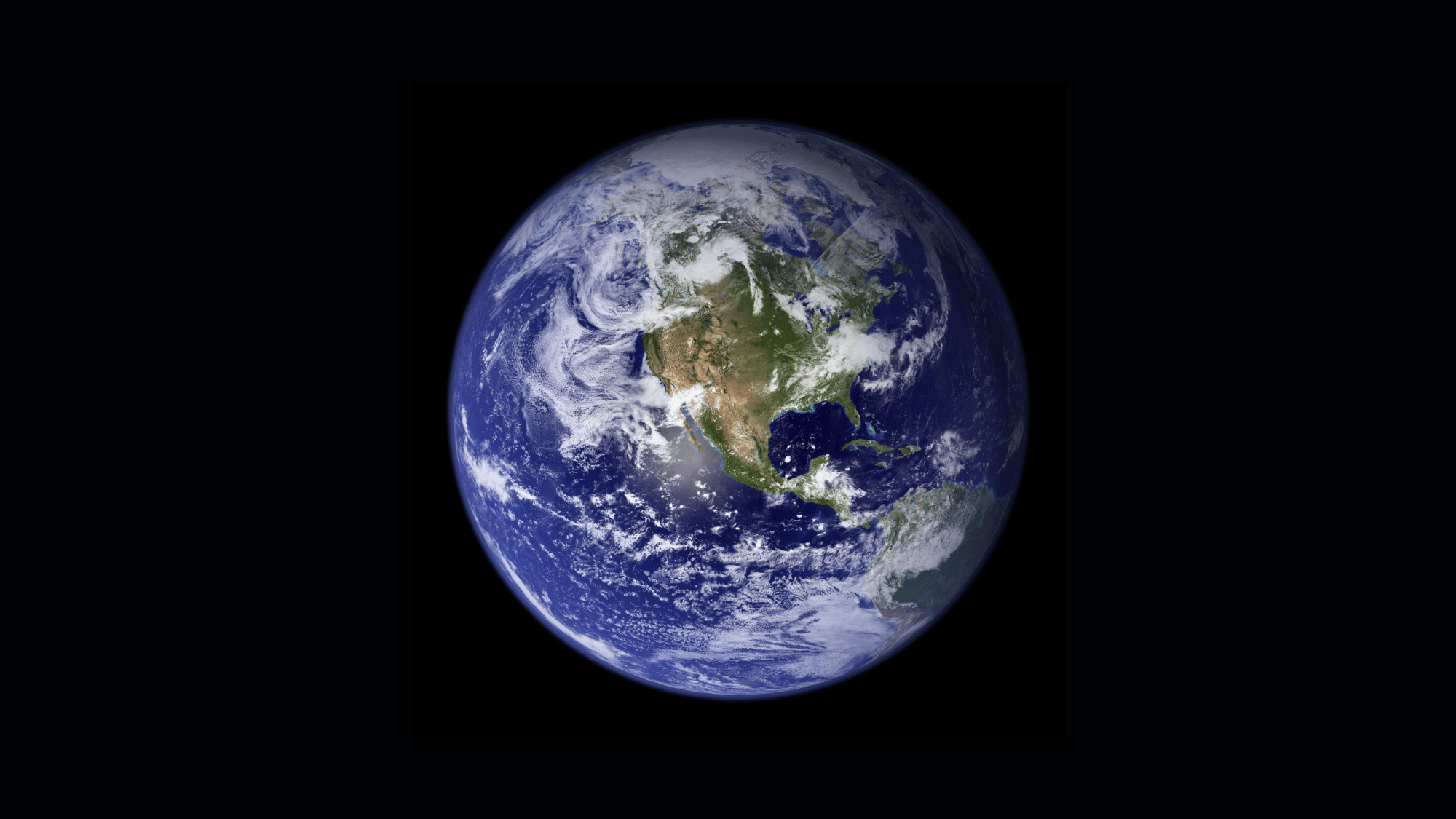
Image Source: Climate Kids
Earth is the third planet from the Sun and the only known world with life.
It has the right mix of land, water, and air that makes it a perfect home for plants, animals, and people.
Our planet is special because it holds everything familiar to us. It’s the very first line in our cosmic address and the starting point for finding our place in space.
The Solar System
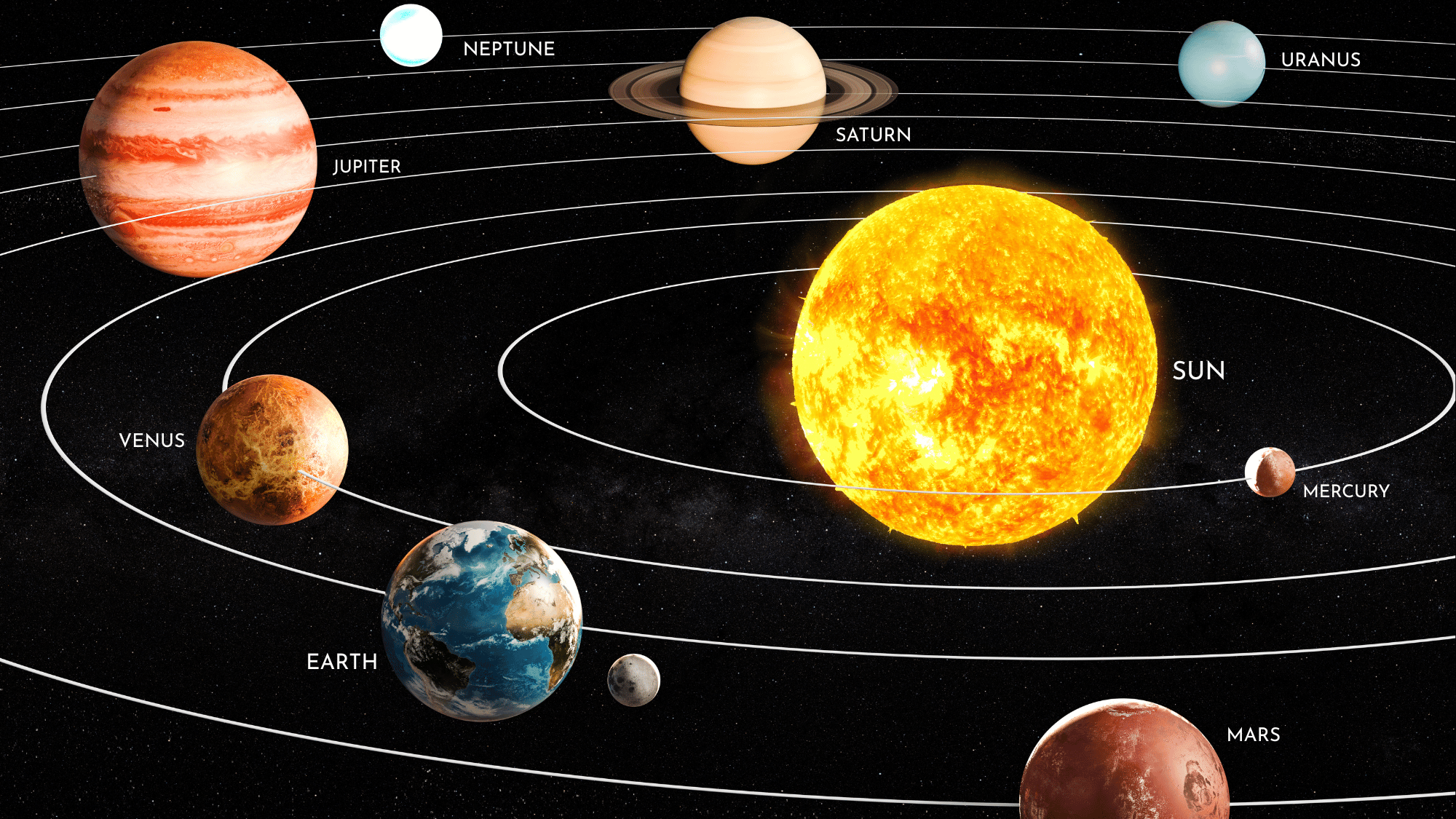
Earth belongs to the Solar System, which is made up of the Sun, eight planets, moons, asteroids, and comets. The Sun’s gravity keeps everything orbiting around it.
This system is like our “neighborhood block” in space. Each planet has its own orbit, and together they form a family of worlds.
The Solar System shows that Earth is part of a much bigger community than just our single planet.
The Kuiper Belt
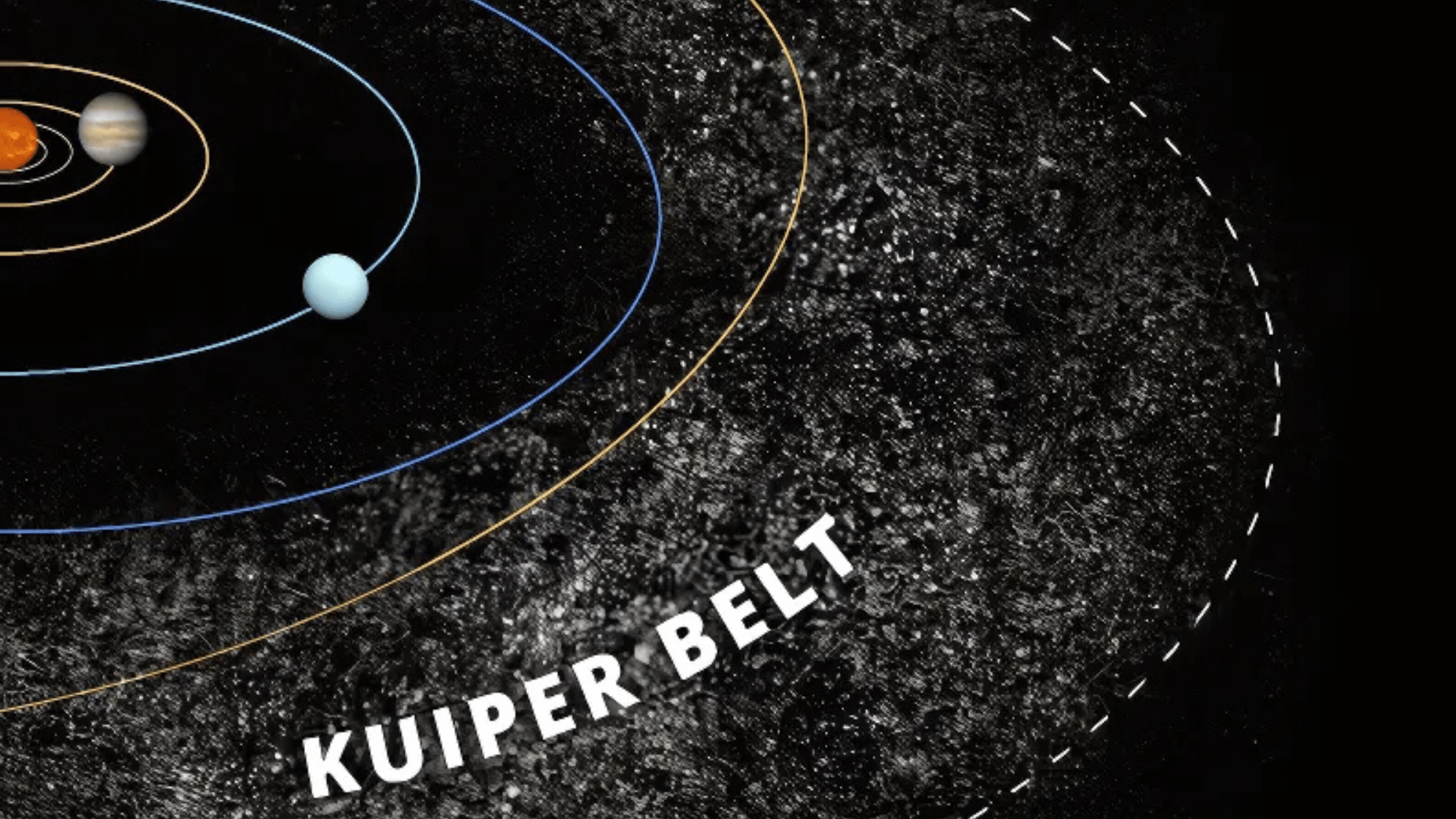
Beyond Neptune lies the Kuiper Belt, a huge ring of icy bodies and dwarf planets like Pluto. This region is filled with frozen objects that orbit the Sun.
Many comets are believed to come from here. The Kuiper Belt marks the edge of the main planetary zone of our Solar System.
It’s like a border filled with icy leftovers, showing us that the Solar System stretches farther than just the eight planets.
The Heliosphere
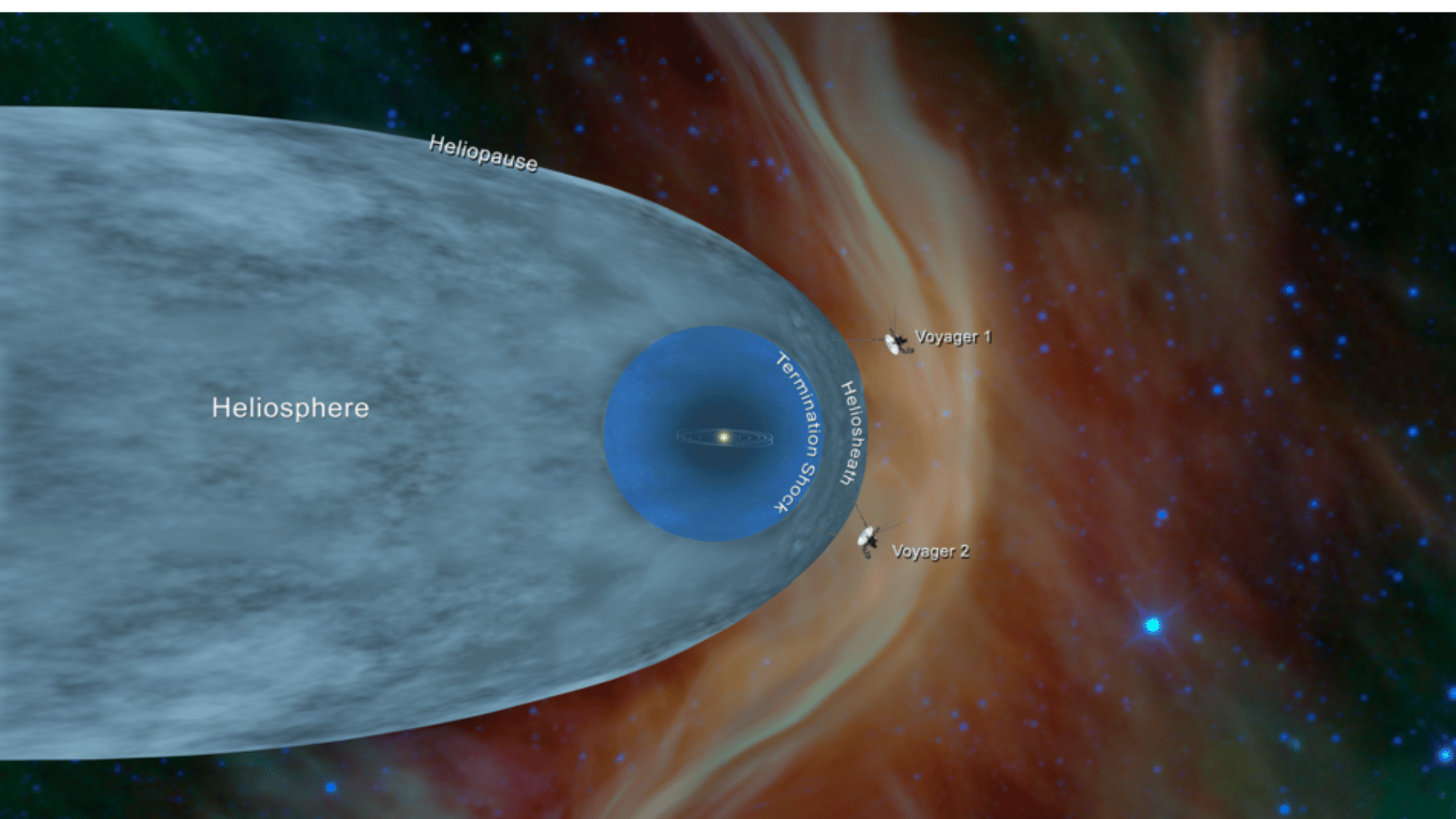
Image Source: Wikipedia
The Sun creates a bubble called the heliosphere, which is made by the solar wind, streams of charged particles flowing outward.
This bubble surrounds the Solar System and acts as a shield, protecting us from dangerous radiation in space. The edge of the heliosphere is where the Sun’s influence fades.
Scientists know Earth is safe inside this bubble, and it plays an important role in defining the boundaries of our Solar System.
The Oort Cloud
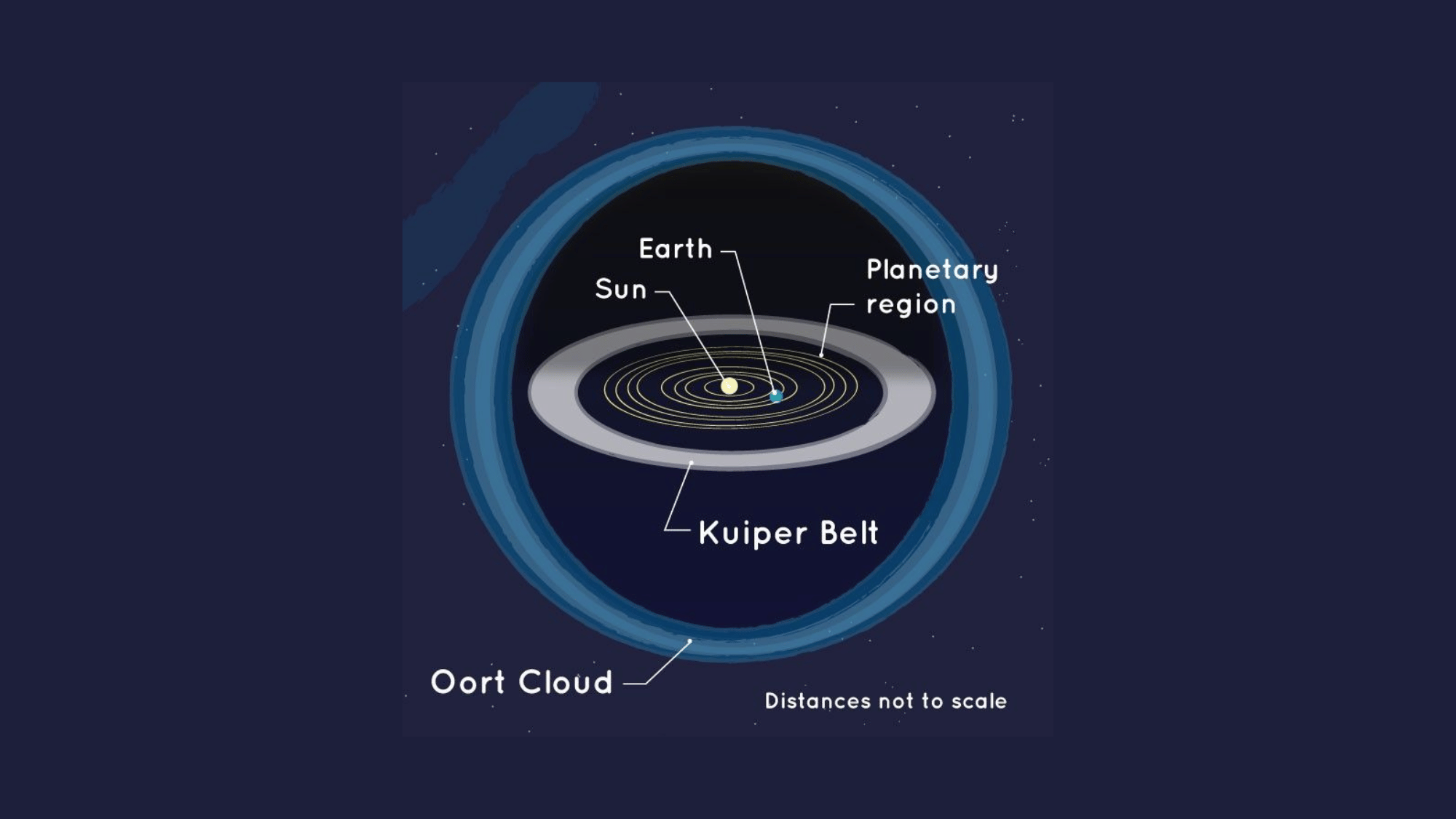
Image Source: NASA Science
Far beyond the planets and the Kuiper Belt, there may be a giant shell of icy objects called the Oort Cloud. It is thought to surround the Solar System in every direction.
Most long-period comets are believed to come from here.
While no spacecraft has reached it, the Oort Cloud represents the farthest extent of the Sun’s gravitational reach and is considered the outermost layer of our Solar System.
Local Interstellar Cloud
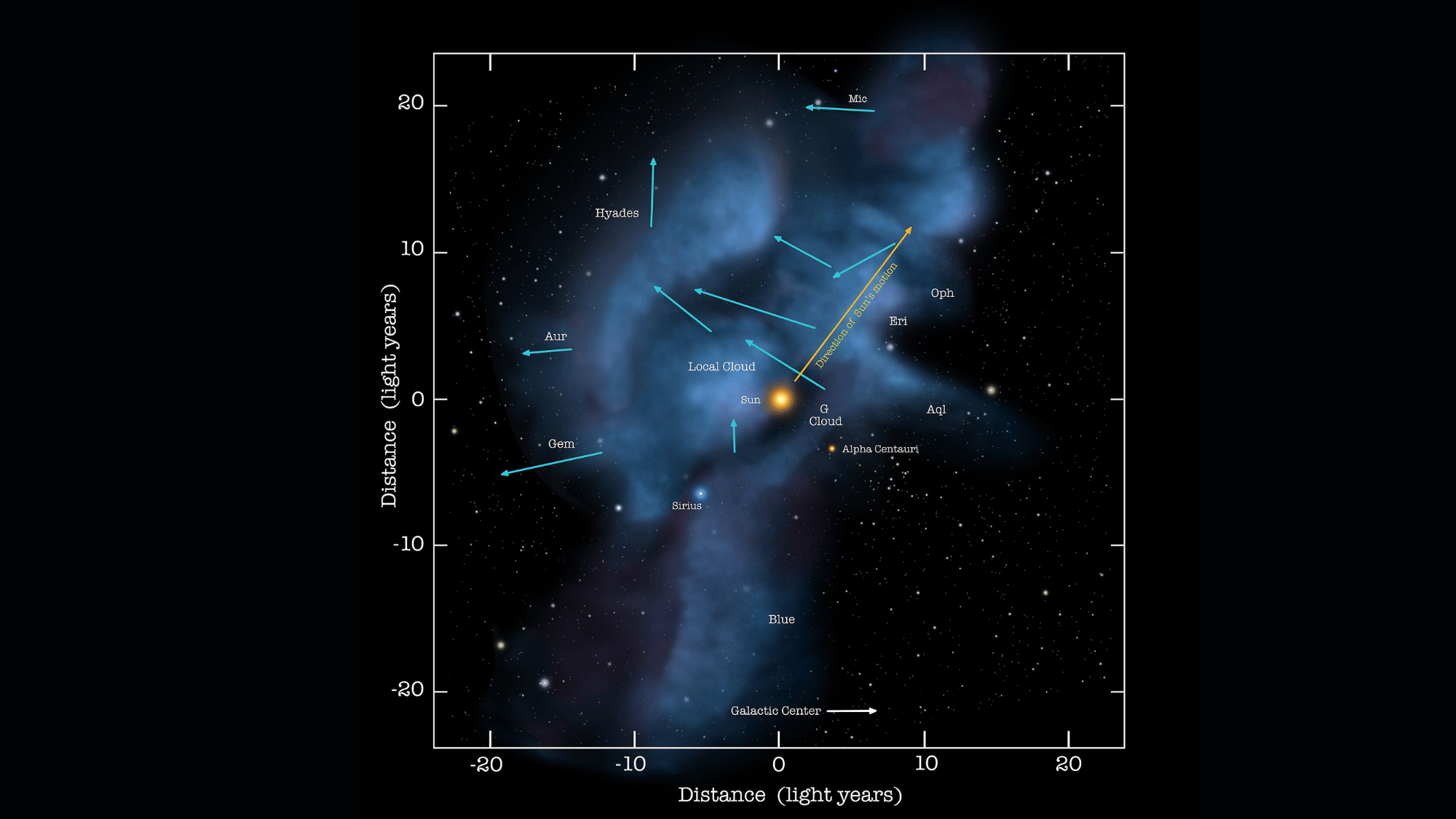
Image Source: Wikipedia
Once we move past the Oort Cloud, our Solar System is traveling through a region called the Local Interstellar Cloud.
This cloud is made of gas and dust that floats between the stars. It is like a foggy zone in space that stretches for light-years.
The Local Interstellar Cloud is a relatively small cloud (~30 light-years across) in the Local Bubble through which the Solar System is currently moving.
The Orion Arm
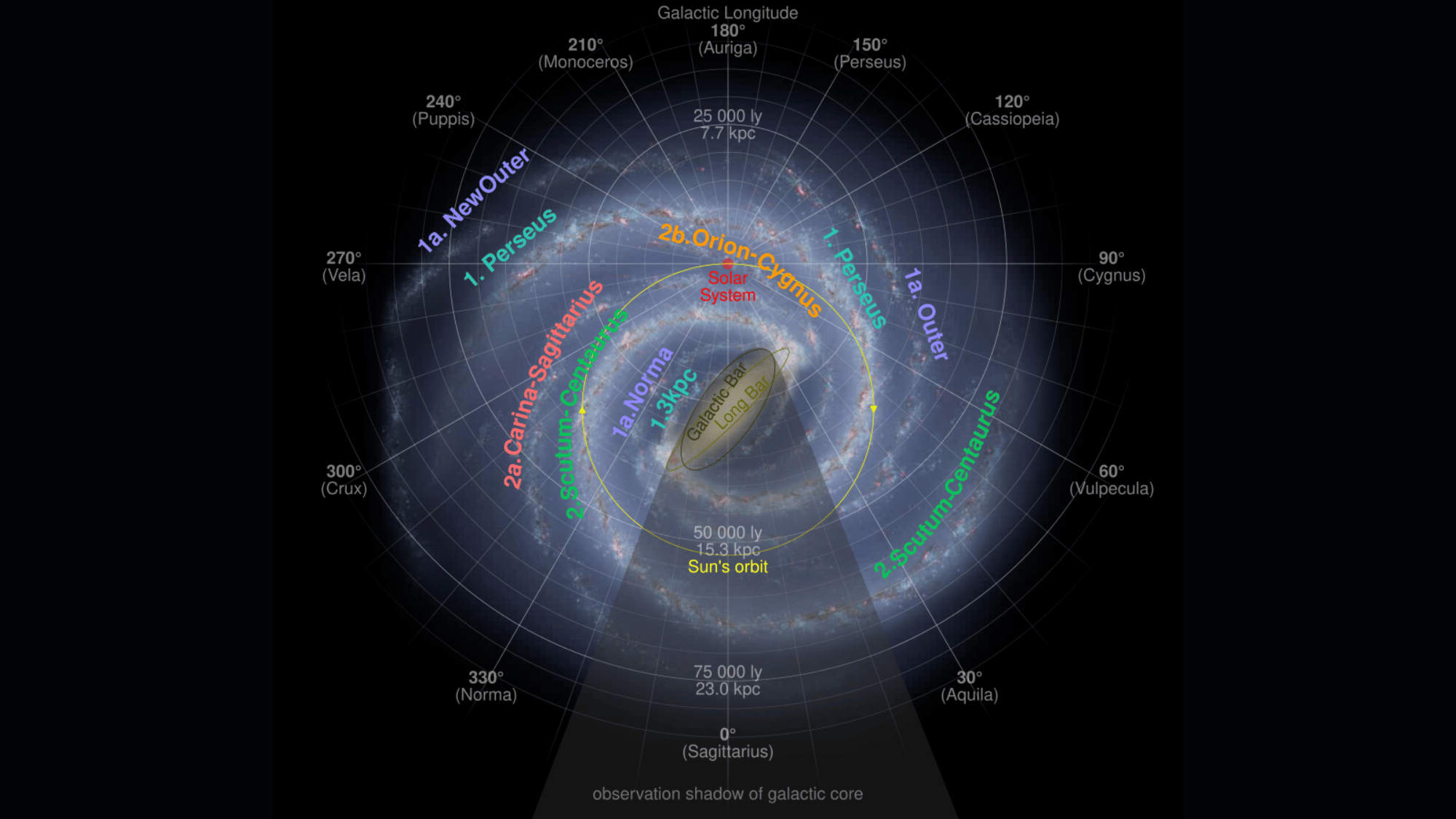
Image Source: Wikipedia
The Orion Arm is a small spiral arm of the Milky Way Galaxy, and it is where our Solar System is located.
It’s often called the Orion Spur, a minor branch compared to the galaxy’s main arms. The Orion Arm contains bright stars, nebulae, and star clusters that we can see in the night sky.
This region is our galactic “neighborhood street,” placing us inside the Milky Way’s spiral pattern.
The Milky Way Galaxy
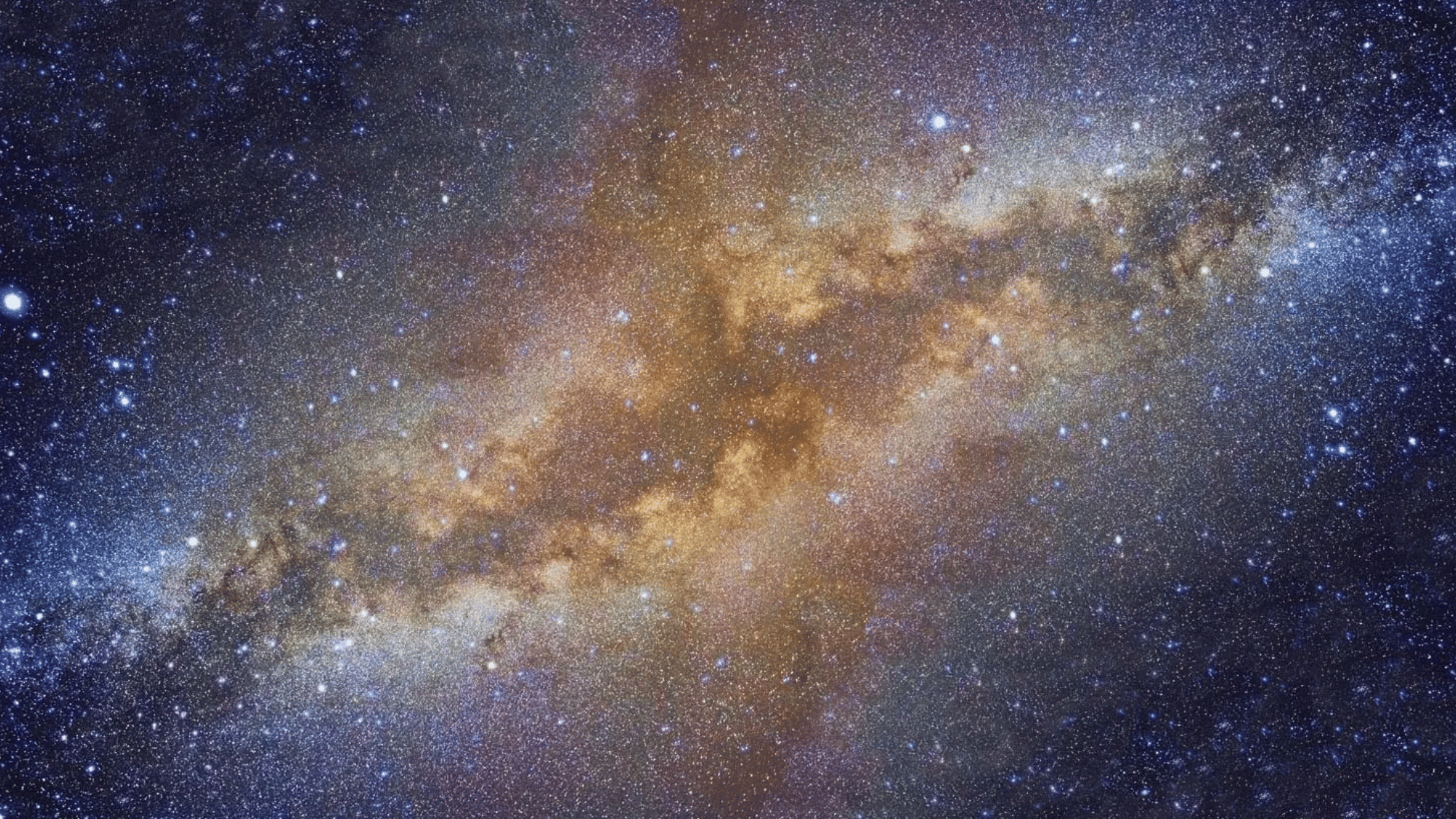
Image Source: Britannica
The Milky Way is our home galaxy, a massive spiral system with hundreds of billions of stars. It stretches over 100,000 light-years across.
Our Sun and Solar System are just one tiny part of it. The Milky Way contains gas, dust, and nebulae where new stars are born.
When we look up on a clear night, the Milky Way appears as a glowing band across the sky.
The Local Galactic Group
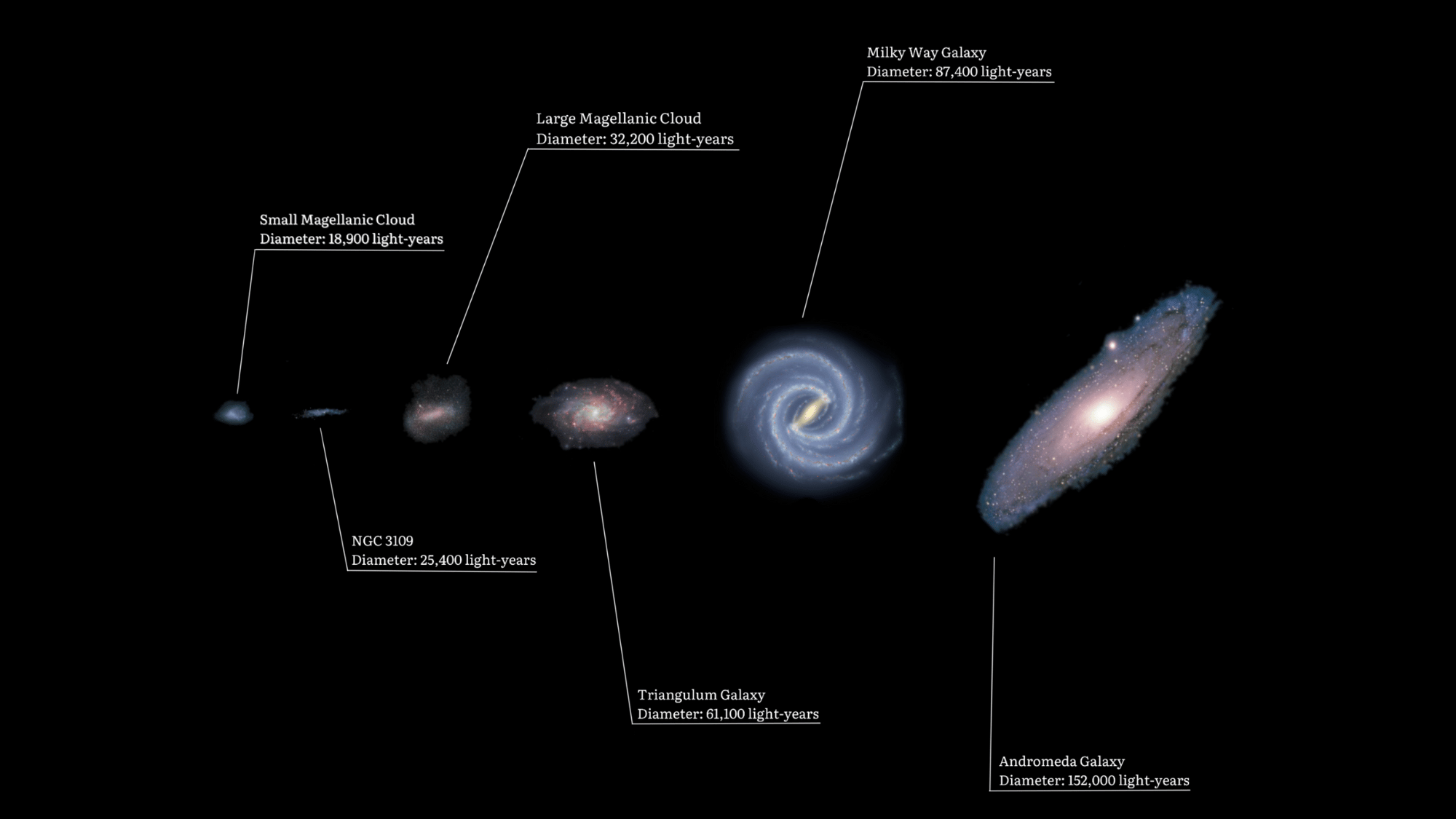
Image Source: Wikimedia Commons
The Milky Way is not alone; it is part of the Local Group, a collection of about 80 galaxies. This group includes the Andromeda Galaxy, the Triangulum Galaxy, and many smaller dwarf galaxies.
Gravity holds the Local Group together. Galaxies in this group are like families of stars living close to one another.
Knowing we belong to the Local Group shows that our galaxy is just one member of a larger galactic community.
The Virgo Supercluster
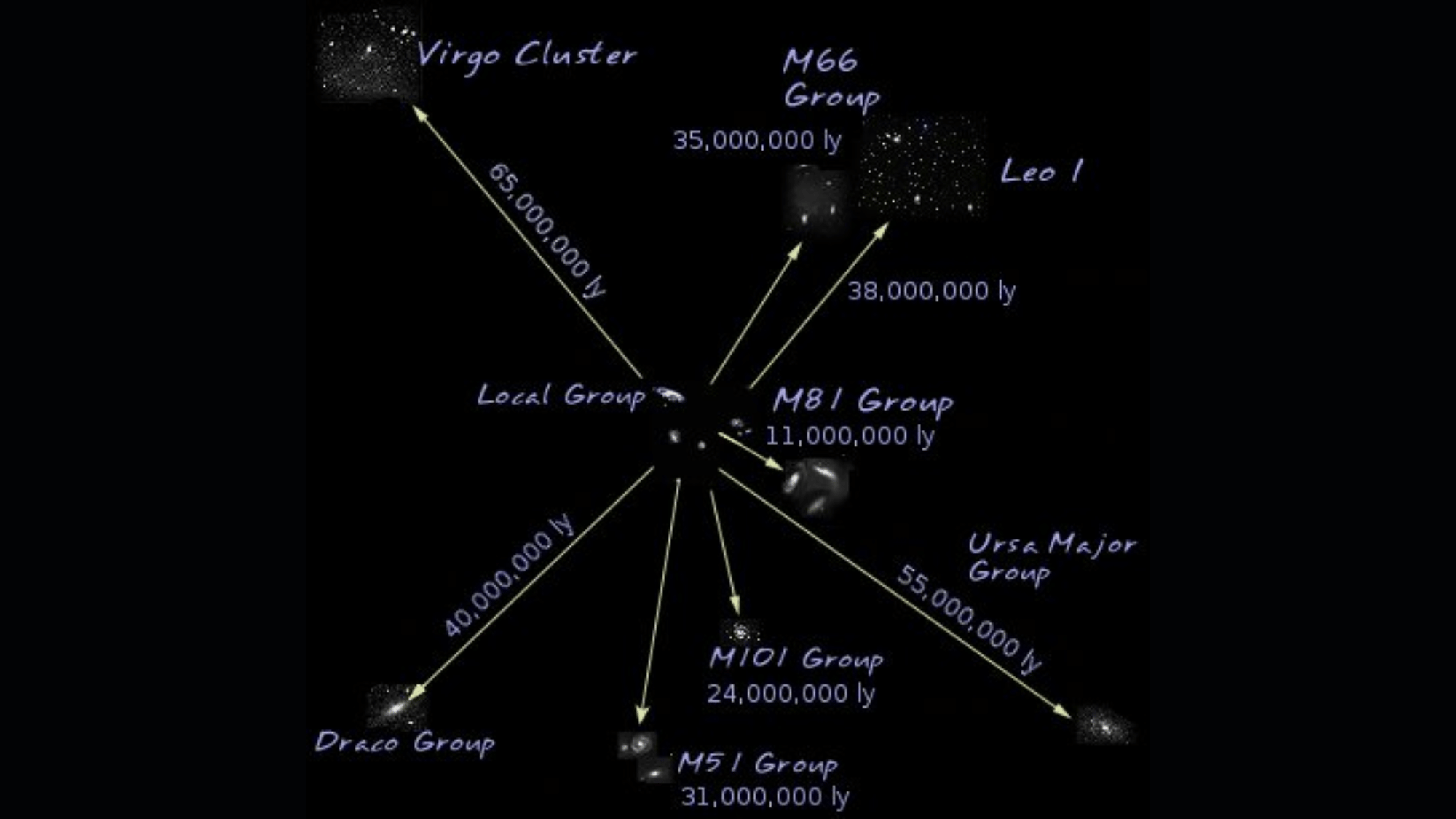
Image Source: Wikipedia
Our Local Group is part of an even bigger structure called the Virgo Supercluster. This supercluster contains thousands of galaxies, grouped into many smaller clusters.
The Virgo Cluster itself is near the center, filled with giant galaxies.
The Virgo Supercluster is so vast that light takes tens of millions of years to cross it. This layer shows us how our galaxy group fits into a much larger web of cosmic structures.
The Laniakea Supercluster
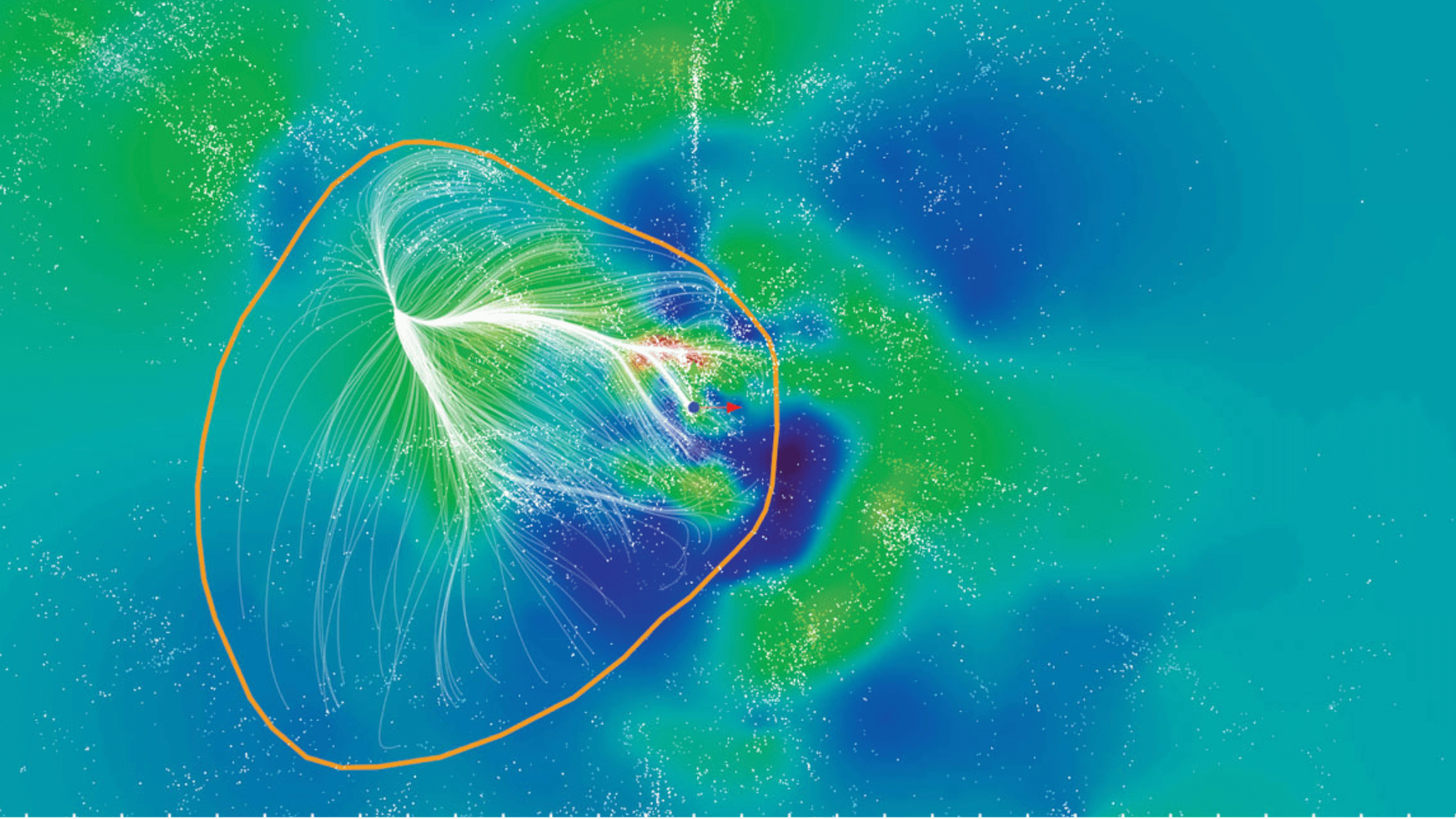
Image Source: National Radio Astronomy Observatory
Scientists have found that the Virgo Supercluster is only part of a greater structure called the Laniakea Supercluster.
The Laniakea Supercluster is a newly recognized structure (since 2014) that redefines local supercluster boundaries and includes the Virgo and Hydra-Centaurus superclusters
This region covers over 500 million light-years and contains around 100,000 galaxies.
Our Local Group lies on the edge of this enormous system. This finding shows that galaxies are not scattered randomly but belong to giant cosmic patterns.
The Universe
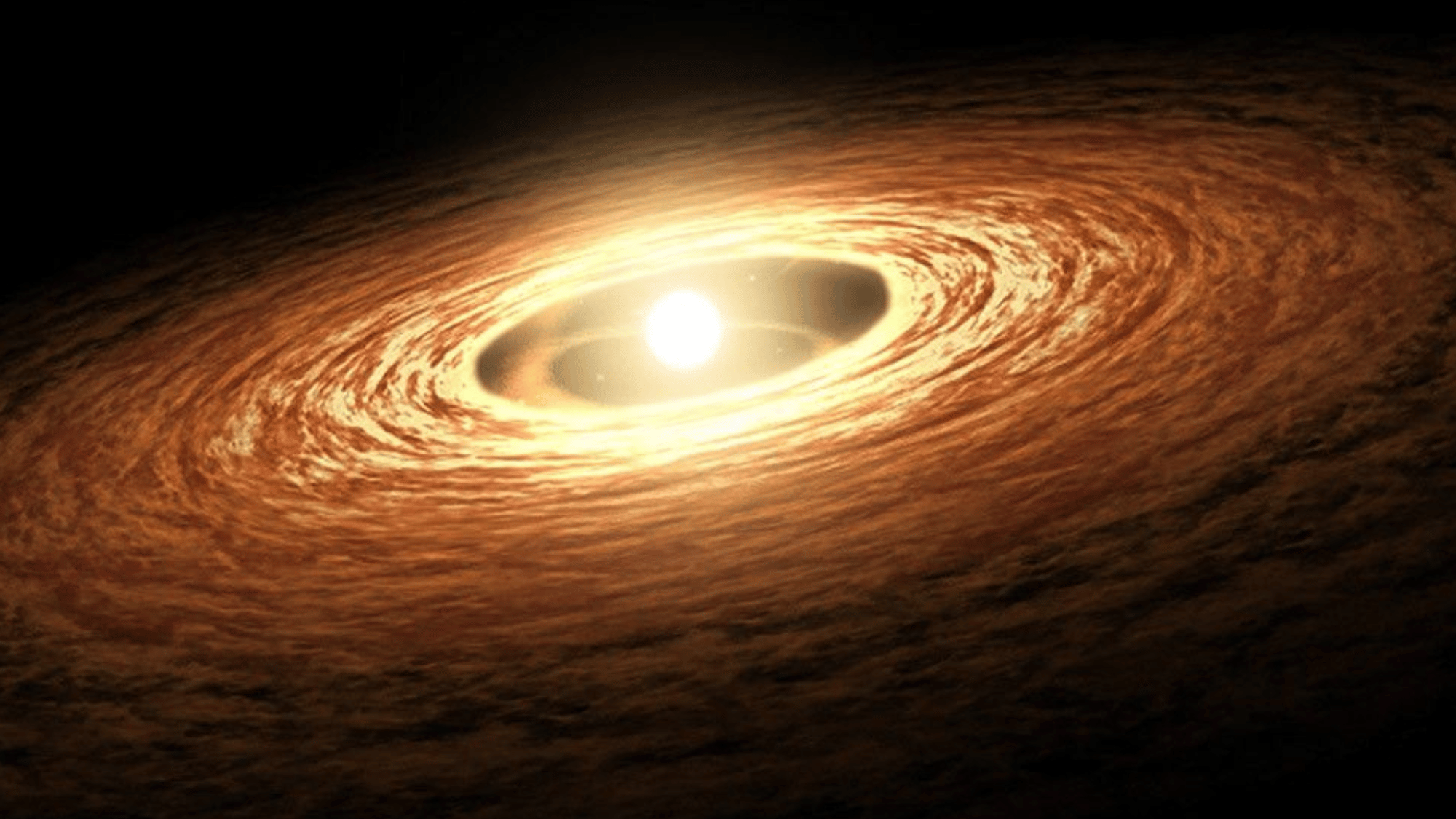
Image Source: NASA Science
Finally, all of these layers are part of the universe, which includes everything that exists: galaxies, stars, planets, and even time itself.
The universe is so vast that we can only see the parts where light has had time to reach us, known as the observable universe, which stretches 93 billion light-years across.
Beyond that may lie regions we cannot see. This final step shows that Earth is a tiny part of the greatest structure of all.
The Future of Our Cosmic Address
Our understanding of Earth’s place in the universe is still growing, and what we know today may not be the final word.
Powerful instruments such as the James Webb Space Telescope are already giving scientists the ability to look deeper into space and farther back in time than ever before.
These observations may reveal hidden galaxies, new clusters, or even larger cosmic structures that change how we view our position.
Future missions, both on the ground and in orbit, will continue to refine measurements of distance and movement, helping astronomers map the universe with greater detail.
This ongoing research ensures that astronomy remains exciting and reminds us that there is always more to learn about the universe we call home.
Conclusion
The timeline through Earth’s cosmic address shows how carefully science has mapped our place in space.
Each layer, from the Solar System to the largest galaxy clusters, has been revealed through years of observation, measurement, and experiments.
What makes this address powerful is not only the scale it covers but the story it tells: Earth is one part of a vast system, yet detailed enough to trace step by step.
This knowledge is still growing, as new telescopes and space missions uncover more about the structures beyond.
The cosmic address is more than a list; it is a guide that helps us understand how our world fits into the universe and what mysteries remain to be found.



